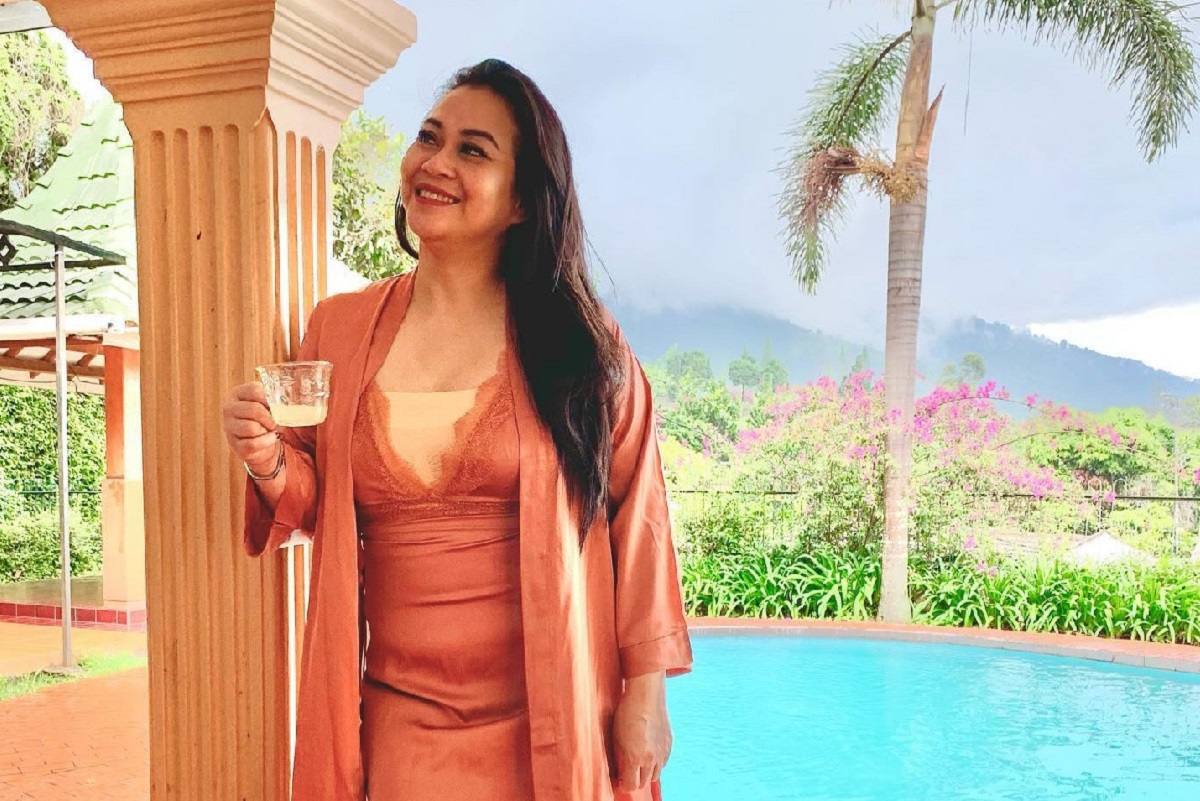The question ‘Would you like to spell that?’ is often answered with names from the game alphabet. A small selection: Ferdinand, Izaak, Jan, Nico, Eduard, Dirk, Anton, Gerard. Why is our spelling alphabet not a reflection of our society? writer Jill Mathon wondered.
In the list of 26 names, each representing one letter of the alphabet, there are only two female names: Maria and Xanthippe. “The other 24 are old-fashioned male names. In doing so, we not only confirm the white men’s standard, as we continuously do in our society, but we also continuously reproduce it,” says Mathon.
She has had an eye for unequal representation in society for some time. “As a child, I already asked my mother why on name plates the man is listed first and only after the woman, for example.”
The writer has ideas of what needs to change all day long, but she doesn’t always do something with them or she doesn’t finish projects. “I thought: this has to change. A white men’s standard in everyday language leads us to believe that the world revolves around white men. And of course that’s not the case. The world revolves around everyone.”
Mathon then involved linguist and photographer Desiré van den Berg in the project. After all, she didn’t just want new names: those names also had to be given a face with a corresponding story. And all those people had to represent the Netherlands together. “The Dutch language is part of our identity,” says Van den Berg. “We wanted to ensure that the Netherlands recognizes itself in the new alphabet.”
The women also consulted Gerrit Bloothooft, professor of onomastics, and the feminist platform The Overground. Bloothooft compiled a list of the most common first names of everyone who came to live in the Netherlands after 1971. “These are the people who will still be alive in fifty years,” says Van den Berg. ,,We first had a list with only the most popular names of people who were born in the Netherlands. But that’s not okay, we gradually thought. There are so many people who were not born in this country, but who do live here and who are also Dutch.”
–


